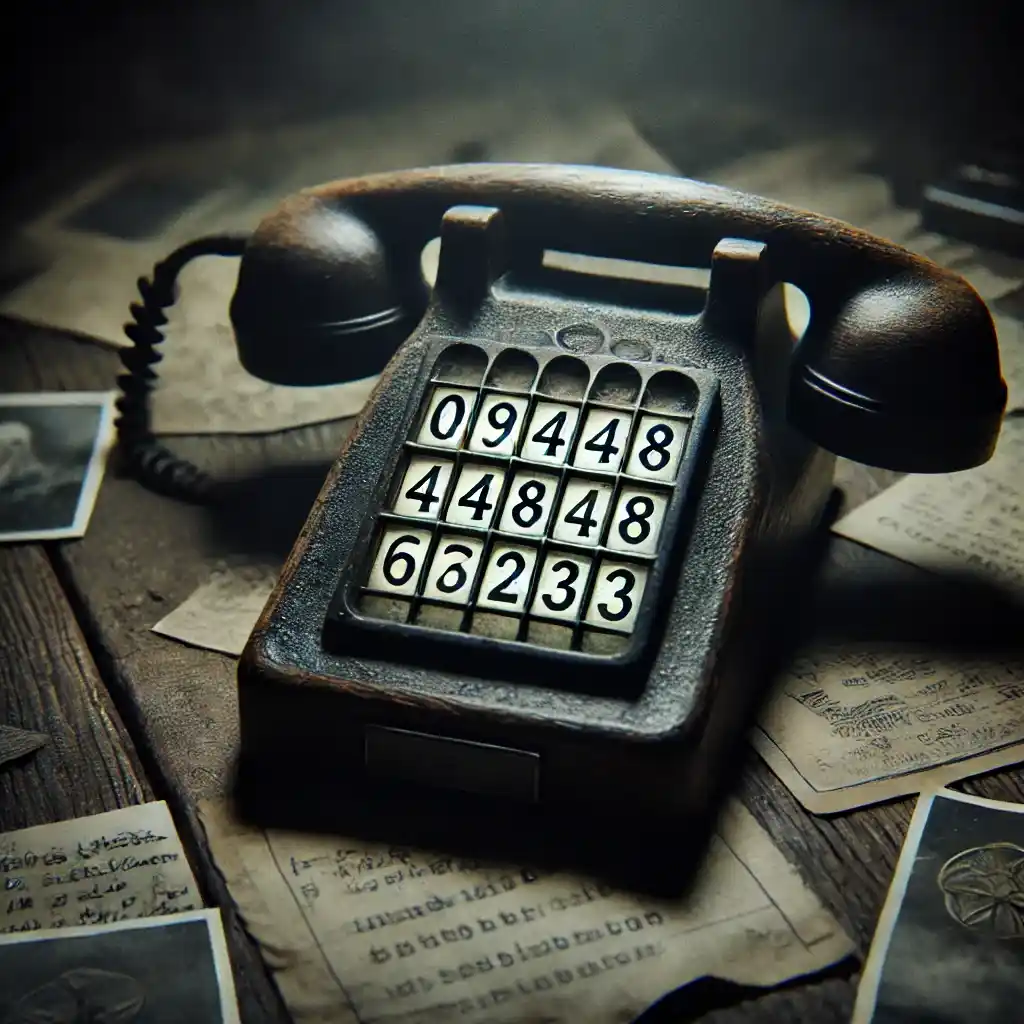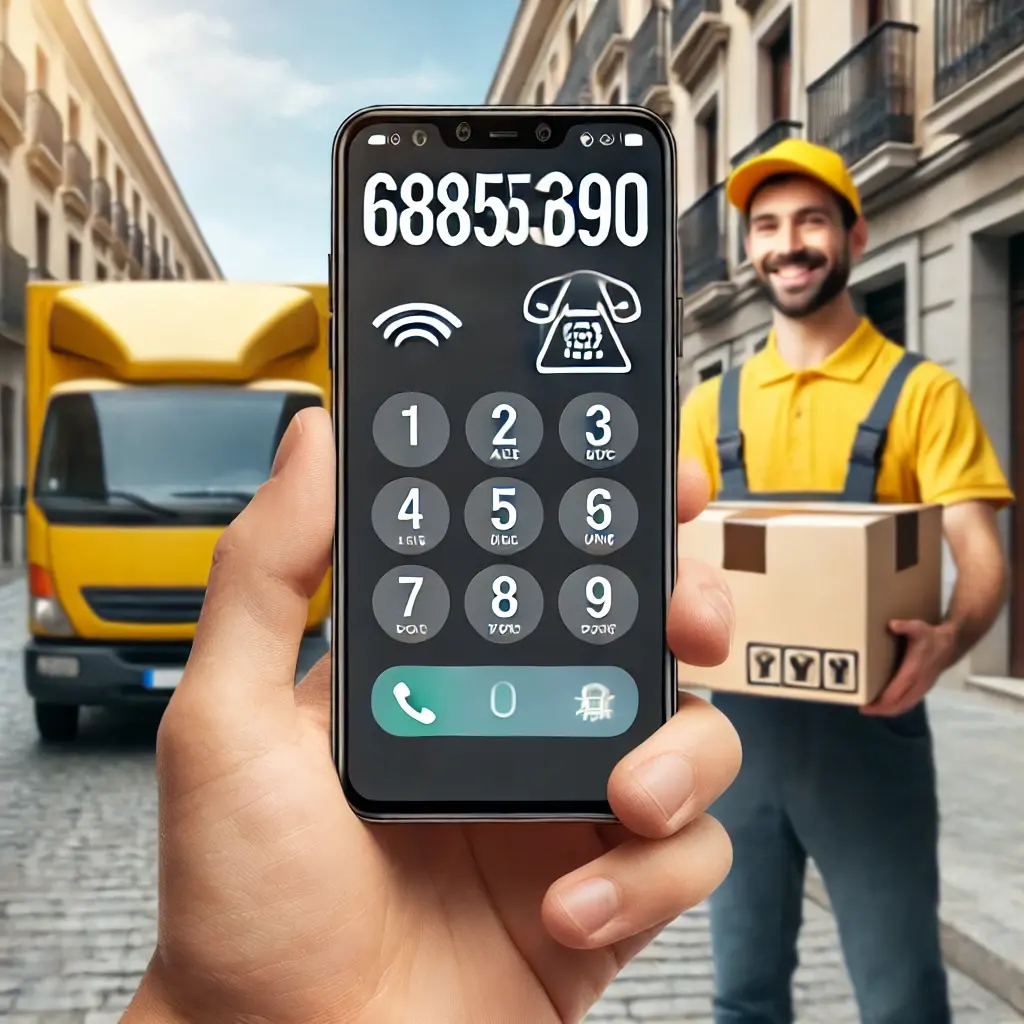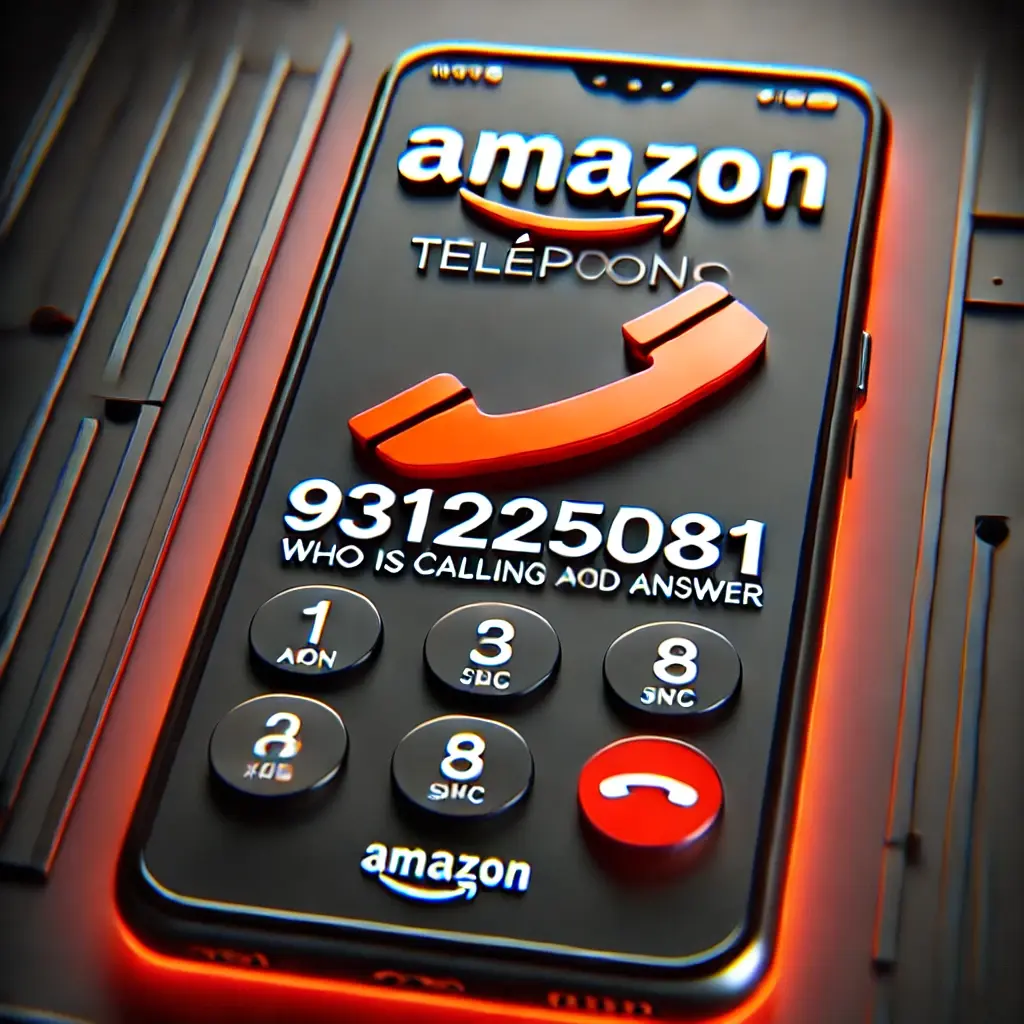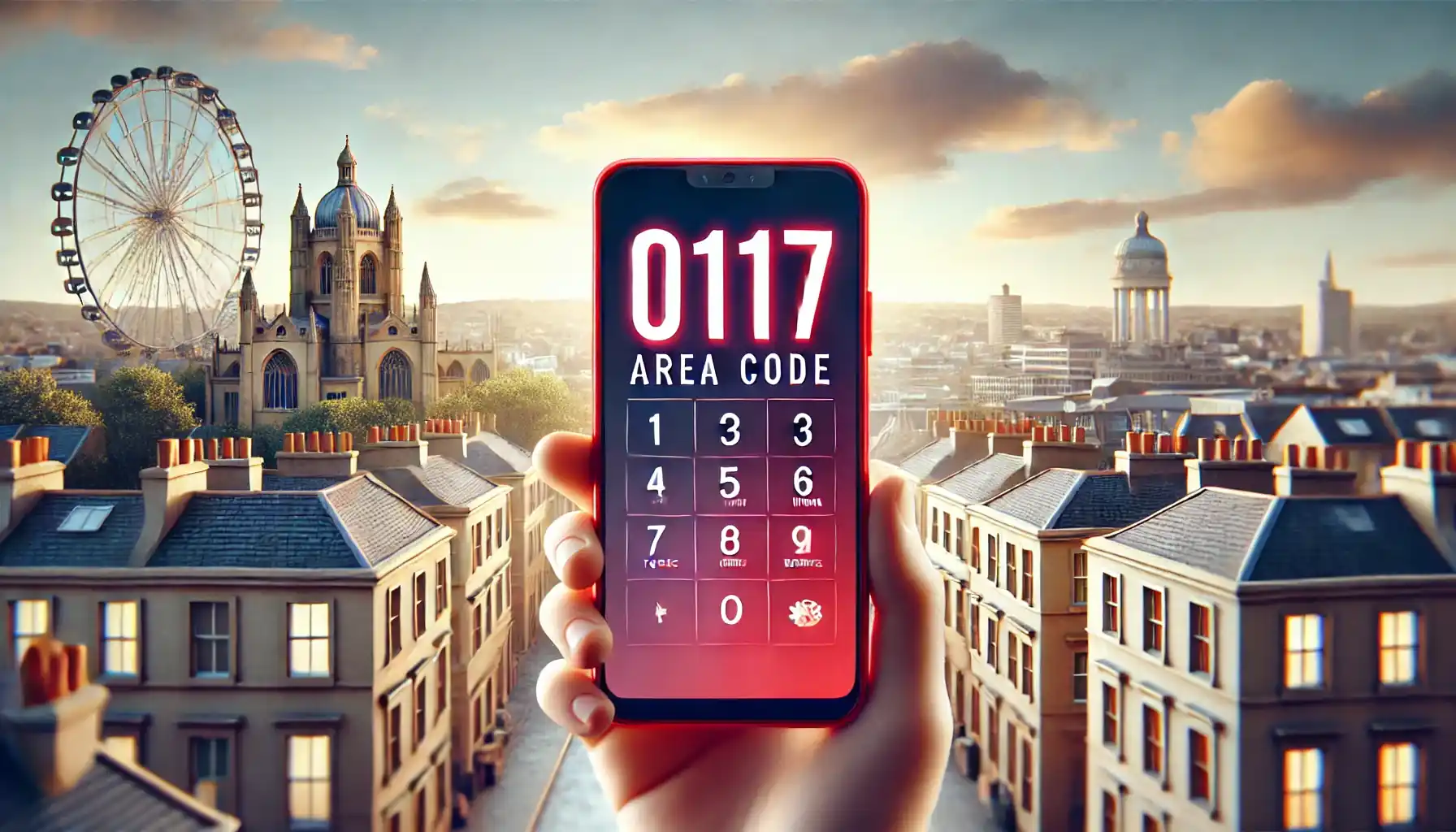Decoding the Mystery of 0948456233
In this article, we will explore what makes 0948456233 noteworthy, delve into the evolution of telephone numbering, and provide practical advice on handling calls from unknown numbers. In today’s interconnected digital world, receiving a call from an unfamiliar number can be both intriguing and unsettling. One such example is the telephone number 0948456233. While at first glance it may appear to be just another string of digits, a closer look reveals much about how modern communication systems, reverse lookup technologies, and global data practices work.
Understanding Telephone Number Formats in a Global Context
Telephone numbering systems differ from country to country. Whether you are in the United Kingdom, the United States, Japan, or France, each region has its own numbering plan and protocols.
International vs. National Formats
- International Format: When dialing internationally, numbers usually start with a “+” followed by the country code. For instance, France uses “+33” and Japan uses “+81.”
- National Format: Within a country, numbers are typically prefixed with a “0” (or another digit depending on the region) before the area code. The number 0948456233 appears in a format that might be common for certain regional telephone numbers.
Case Study: 0948456233
The number 0948456233 has been referenced in various directories and caller ID databases. Some listings present it as part of a VOIP service, while others suggest it is within a specific geographical range. Although there is some cross-national ambiguity in how the number is formatted—especially when comparing European and Asian telephone systems—it serves as an excellent case study in modern telephony.
Reverse Phone Lookup: Tools and Techniques for 2025
With the rise of digital communication, the need to verify who is calling has never been greater. Reverse phone lookup services have evolved dramatically over the past decade, offering more precise results, greater integration with social media, and improved data protection.
How Reverse Phone Lookup Works
Reverse phone lookup is a technology that allows you to enter a telephone number—such as 0948456233—and retrieve details about the caller. These services use large databases compiled from public records, telecommunication data, and user contributions. In 2025, advanced machine learning and artificial intelligence help verify the authenticity of the caller information.
Also read previous post Understanding the Persistent Calls from +34 683786714
Key Features of Modern Lookup Services
- Caller Identification: Quickly identifies whether the call is from an individual, business, or an automated system.
- Spam Detection: Many reverse lookup tools now incorporate real-time spam detection, warning users if a number is associated with scam calls or robocalls.
- Geolocation Data: Advanced services can often provide approximate location details based on the area code and regional data.
Popular Reverse Phone Lookup Services
Below is a table comparing some of the most popular reverse phone lookup services available in 2025:
| Service Name | Key Features | Coverage Area | Pricing Model |
|---|---|---|---|
| TrueCaller | Real-time caller ID, spam blocking, social sync | Global | Freemium/Premium |
| NumLookup Pro | Detailed caller profiles, geolocation, analytics | North America & Europe | Subscription-based |
| ReverseTech | AI-powered identification, scam alerts | Global | Pay-per-search |
| LocalLookup Plus | Regional database focus, enhanced local info | Specific regions (e.g., UK, Japan) | Free/Ad-supported |
Table: Comparison of Reverse Phone Lookup Services in 2025
Each of these services uses a combination of proprietary databases, crowd-sourced information, and partnerships with telecom providers to ensure that users receive the most accurate and up-to-date information.
The Evolution of Caller ID and Its Impact on Privacy
Caller ID technology has transformed significantly since its inception. Originally, caller ID systems simply transmitted the calling number. Today, however, advanced systems integrate with multiple databases, offering rich details about the caller—including name, location, and even reputation ratings.
Enhancements in 2025
- Integration with Social Media: Caller ID services can pull public profiles from social platforms to help users decide whether to answer an unknown call.
- User Ratings and Feedback: Just as with product reviews online, many platforms allow users to rate callers based on past experiences. This crowdsourced data is particularly useful for identifying potential spam or scam calls.
- Enhanced Data Encryption: With increased concerns about privacy, modern caller ID services employ robust encryption and strict data protection policies to ensure that user data remains secure.
Balancing Transparency and Privacy
The ability to trace a call back to its origin is a double-edged sword. On one hand, it empowers individuals to avoid unwanted or fraudulent calls. On the other, it raises questions about the balance between transparency and personal privacy. In 2025, regulators and telecom companies are working together to ensure that while caller identification improves security, it also adheres to stringent privacy standards
0948456233 in the Digital Age: Potential Scenarios and User Implications
When you see a number like 0948456233, what should you consider? Here are several potential scenarios:
Scenario 1: A Legitimate Business Call
It is entirely possible that 0948456233 belongs to a reputable business, especially if you have had prior interactions or if the call context is professional. Reverse lookup services can confirm the business’s identity and provide additional context such as customer reviews and operational hours.
Scenario 2: An Unwanted or Scam Call
Unfortunately, the rise in spam calls and phone scams means that numbers like 0948456233 might sometimes be linked to fraudulent activities. Indicators of scam calls include:
- Unsolicited calls from numbers not stored in your contacts.
- High frequency of calls within a short time.
- Caller ID services flagging the number as suspicious.
Scenario 3: A VOIP or Non-Geographic Number
In many regions, VOIP numbers do not adhere to the traditional geographic patterns of telephone numbering. 0948456233 might be an example of such a number. VOIP numbers can offer lower costs and greater flexibility but also pose challenges for identification since they can be used by both legitimate businesses and scammers.
What to Do If You Receive a Call from 0948456233
If you receive a call from an unfamiliar number like 0948456233, consider these steps:
- Do Not Immediately Answer: Let the call go to voicemail. Scammers often hang up or ask for a call back on a different number.
- Perform a Reverse Lookup: Use one of the reverse lookup tools mentioned above to check the caller’s details.
- Check Online Reviews: Look for any user feedback or ratings about the number. Many platforms allow users to comment on their experiences.
- Maintain Caution with Personal Information: Never provide sensitive personal information unless you are certain of the caller’s identity.
- Block Suspicious Numbers: Most smartphones and telecommunication apps allow you to block numbers that you identify as spam.
The Role of Artificial Intelligence in Caller Identification

In 2025, artificial intelligence (AI) is at the forefront of enhancing caller identification technologies. AI algorithms analyze patterns in call data and continuously learn from user feedback to improve accuracy. Here’s how AI is reshaping the landscape:
AI-Driven Insights
- Pattern Recognition: AI systems detect unusual calling patterns that may indicate fraudulent behavior. For example, if 0948456233 is associated with multiple scam reports, the system flags it in real time.
- Real-Time Analysis: AI can process incoming call data instantly, comparing it with known databases of spam or verified numbers.
- User Behavior Prediction: Advanced algorithms predict the likelihood of a call being legitimate based on historical user interactions and broader telecommunication trends.
Benefits for Consumers and Businesses
For consumers, AI-driven caller ID services offer a safer calling experience by reducing the risk of falling victim to scams. For businesses, these systems ensure that legitimate calls are not mistakenly filtered out, thereby maintaining the flow of customer communications.
Legal and Regulatory Considerations in Caller Identification
As technology evolves, so too does the legal framework surrounding data privacy and caller identification. In many countries, including the UK and the USA, regulators have introduced strict guidelines to protect consumer data.
Data Protection Regulations
- General Data Protection Regulation (GDPR): In Europe, GDPR mandates that companies handling personal data, including call records and reverse lookup databases, do so transparently and securely.
- Telephone Consumer Protection Act (TCPA): In the United States, the TCPA regulates how companies can use automated calling and messaging systems, ensuring that unsolicited calls are minimized.
- Emerging Standards in 2025: As new technologies emerge, regulatory bodies continue to update standards to address the challenges posed by AI-driven identification and global data sharing.
How These Regulations Affect Caller ID Services
Caller ID and reverse lookup providers must balance the need for accurate caller information with the legal requirement to protect individual privacy. This often involves anonymizing data, securing user consent, and ensuring that any data sharing complies with international standards.
Practical Tips for Businesses: Managing Outbound Communications
For businesses, managing outbound communications while maintaining transparency and compliance is critical. Here are some best practices:
Best Practices in Business Caller Identification
- Use Verified Caller IDs: Always use verified numbers for customer outreach. This increases trust and reduces the likelihood of your calls being marked as spam.
- Monitor Customer Feedback: Regularly check reverse lookup and review platforms to see how your number is perceived. Address any concerns promptly.
- Adopt AI-Powered Solutions: Implement AI-driven caller ID systems that can help detect potential issues in real time.
- Comply with Regulations: Ensure that all telecommunication practices are in line with current legal standards, such as GDPR and TCPA.
- Educate Your Team: Train customer service representatives on how to handle calls from unrecognized numbers and how to reassure customers about your business’s legitimacy.
Case Example: Handling Inbound Queries on 0948456233
Imagine a scenario where a customer calls your business from the number 0948456233. By using a robust caller ID system, you can verify if the call is from a trusted source or if it may be linked to spam. If the call turns out to be legitimate, prompt and courteous service can convert a potentially risky interaction into a positive customer experience.
Future Trends in Telephony and Caller Identification
Looking ahead to the future, several trends are likely to shape how we manage and interpret telephone numbers such as 0948456233. Read this blog post also Decoding Telefono 621627422.
The Rise of Integrated Communication Platforms
Modern telecommunication is increasingly integrated with other digital services. Future platforms may combine voice, video, and messaging into a single, secure ecosystem. This integration will allow for even more accurate identification and a richer context for each call.
Blockchain and Data Security
Blockchain technology is poised to play a significant role in ensuring the security and authenticity of telecommunication data. By providing an immutable ledger of caller records, blockchain can help verify the origin of calls and protect against fraud.
Enhanced Global Cooperation
As scams and fraudulent calls become more sophisticated, international cooperation between telecom providers and regulatory bodies will intensify. Global databases and shared protocols will make it easier to identify and shut down malicious networks, benefiting users worldwide.
Personalized Communication Experiences
With the advancement of AI and machine learning, future caller ID systems will not only identify the caller but also provide personalized information to help the recipient decide how to handle the call. This could include suggestions based on past interactions, real-time risk assessments, and even language translation services for international calls.
Practical Steps for Individuals to Protect Against Unwanted Calls
In an era where unknown numbers like 0948456233 might appear on your caller ID, it is crucial for individuals to adopt safe practices.
Steps to Protect Yourself
- Install Reputable Apps: Use trusted caller ID and spam blocking apps such as TrueCaller or LocalLookup Plus to screen calls.
- Regularly Update Your Software: Ensure that your phone’s operating system and security software are up-to-date to protect against new threats.
- Don’t Share Personal Information: If you’re unsure about the legitimacy of a call, never divulge personal or financial details.
- Report Suspicious Activity: If you receive a call that seems fraudulent, report it to your local telecom provider and regulatory bodies.
- Educate Yourself: Stay informed about common scam tactics and how to recognize them. Knowledge is your best defense.
Creating a Personal Call Management Strategy
Consider setting up a personal protocol:
- Let unknown calls go to voicemail.
- Use reverse lookup services to verify the caller.
- Block numbers that are consistently identified as spam.
- Keep a list of verified numbers for your regular contacts.
Conclusion
The telephone number 0948456233 serves as a window into the broader world of modern telecommunication. Whether it turns out to be a legitimate business contact or a potential scam, the evolution of caller ID and reverse phone lookup technologies in 2025 has empowered users to take control of their communications. With advanced AI-driven systems, robust legal frameworks, and an ever-growing array of tools for both individuals and businesses, the mystery behind any number can be decoded with confidence and ease.
By understanding the intricacies of international telephone numbering, utilizing modern reverse lookup services, and staying informed about emerging trends, you can better protect yourself and make informed decisions when confronted with an unfamiliar number. As our digital lives become even more interconnected, tools that help identify and verify callers will continue to be an essential part of ensuring secure and transparent communications.
Whether you are a consumer, a business professional, or simply curious about the technology behind a number like 0948456233, the future of telephony promises even greater accuracy, security, and personalized communication experiences.




Post Comment